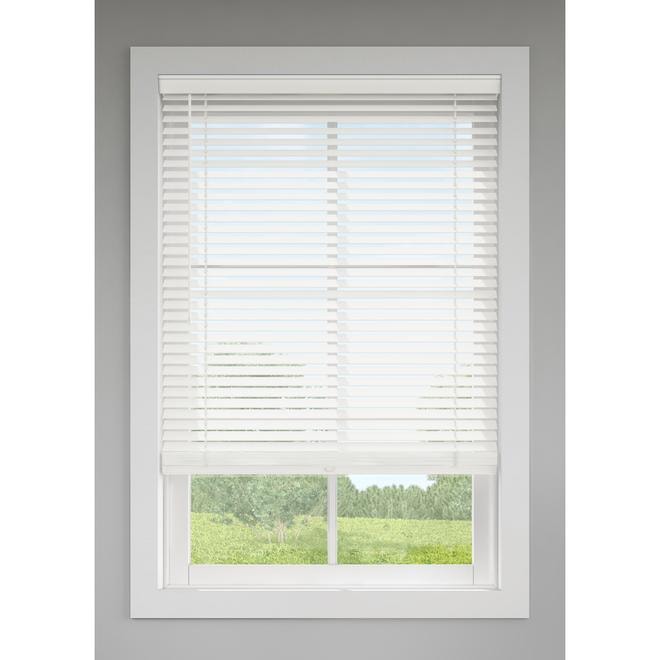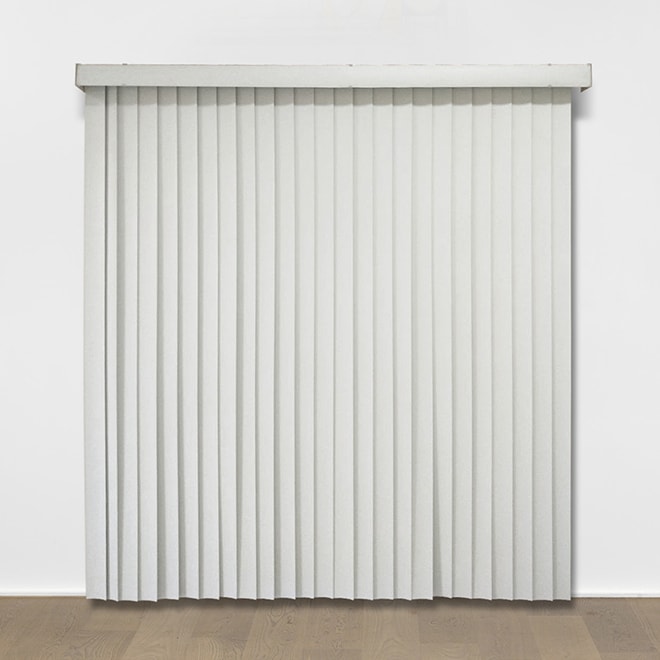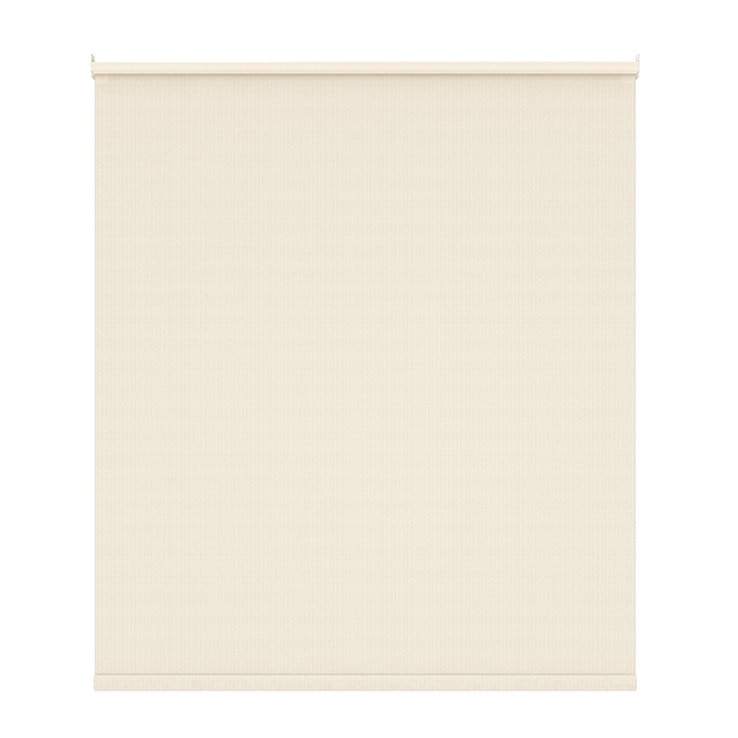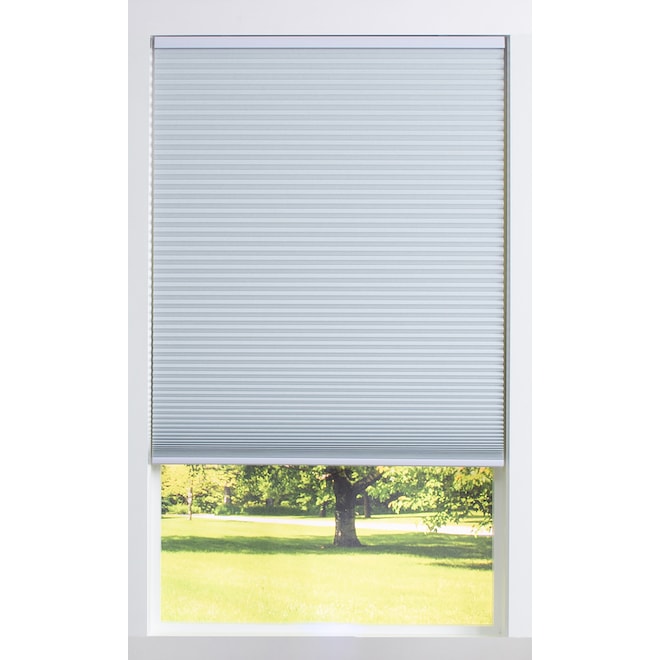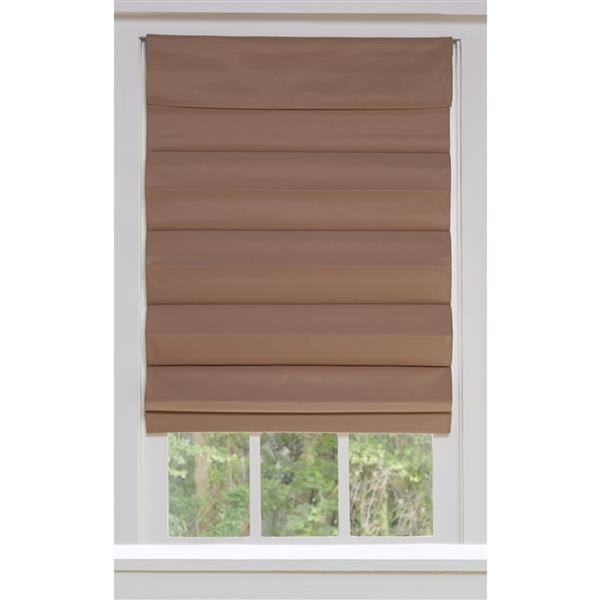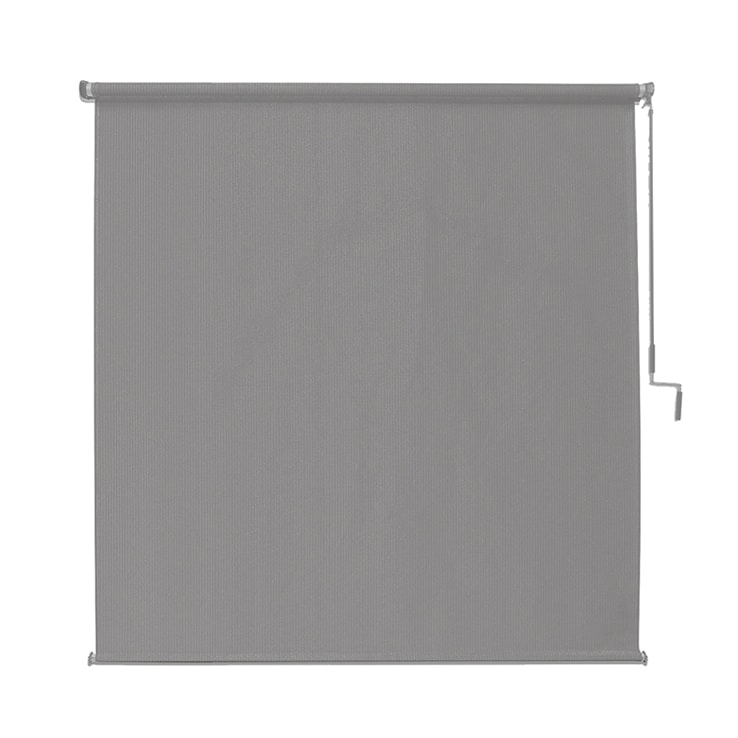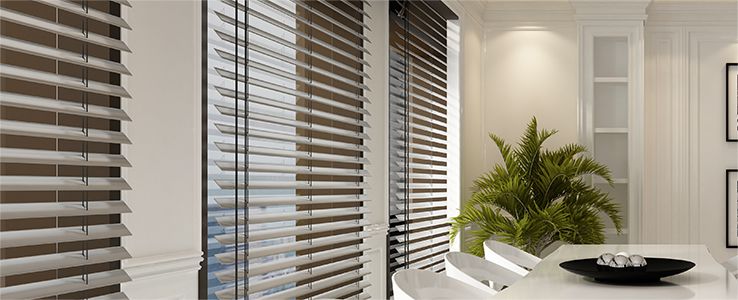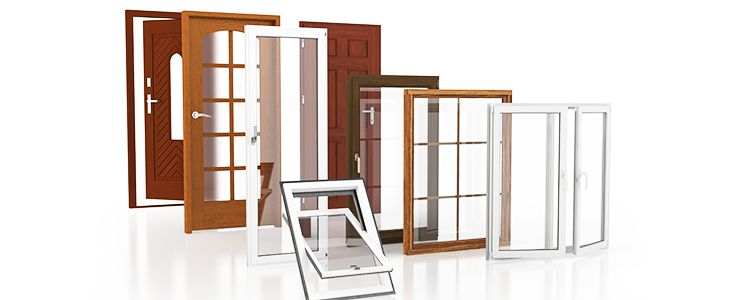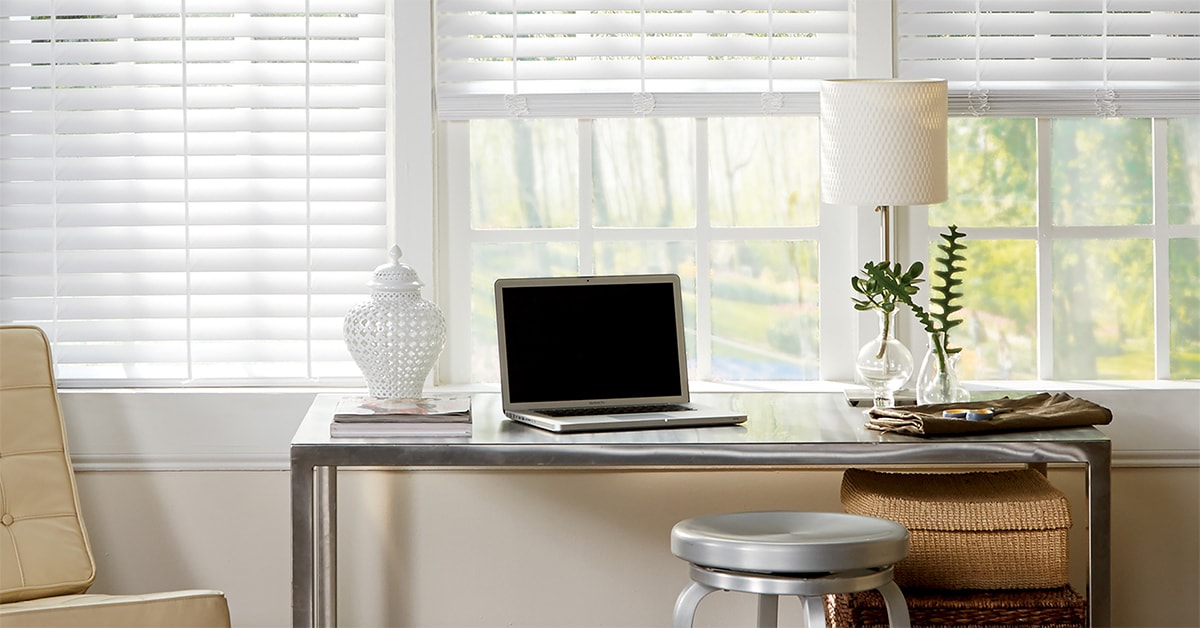
Published on November 24, 2023
Choose the Right Window Covering (Blinds, Stores, and More)
Window coverings not only enhance the look of room but also contribute to insulating your home and enhancing privacy. All you need to know about blinds, shades, curtains, drapes, sheers, and valances is here in this guide!
Factors to Consider When Choosing a Window Treatment
- Room: It’s important to choose the right type of window covering for the space. In rooms with high humidity, such as the bathroom or kitchen, go for moisture-resistant materials. In bedrooms, lined or blackout curtains or shades are ideal to block daylight.
- Degree of privacy: Every room of the house requires a different degree of privacy. Opaque shades or curtains will obviously provide much more privacy than simple sheer panels.
- Noise: If the window faces a busy street, it may be a good idea to use insulated curtains, which are specially lined to absorb sound.
- Ambiance: Use different types of window treatments to personalize your home decor. For example, Japanese panels help create a minimalist, modern look, while pleated drapes are well suited to a traditional-style decor.
- Mobility: French windows or patio doors call for a window covering that can be opened and closed easily. In this case, vertical blinds (among others) would be a good option, but curtains with bow-tie tabs would not be practical.
- Colour: Pale colours will make a room seem larger. Darker colours will help create a more secluded, intimate ambiance.
- Window orientation: South-facing windows receive the sun’s UV rays all day long, which can cause damage to fabrics. Windows facing north receive very little sunlight; in these areas, curtains, or shades in bright or sunny hues will add warmth to the decor.

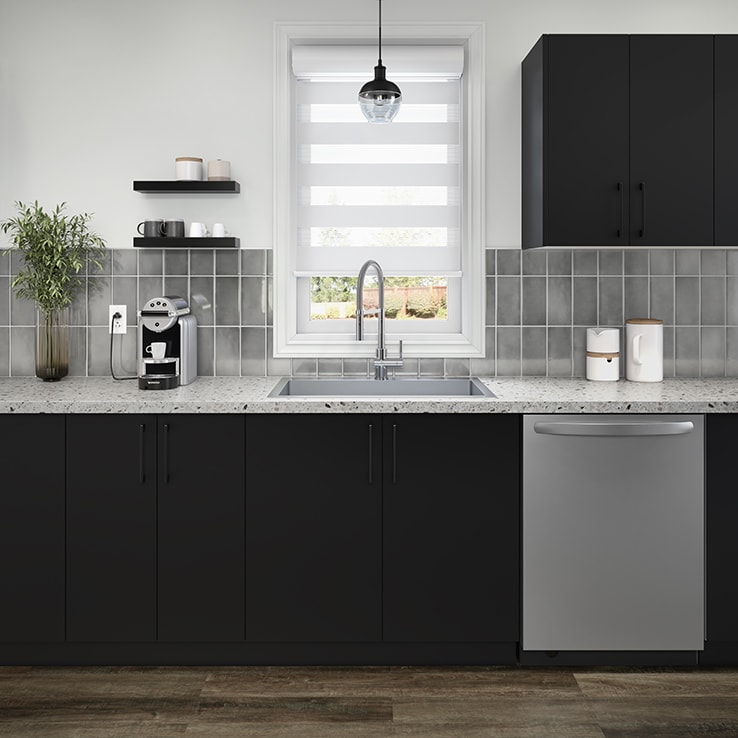
Blinds and Shades
Horizontal Blinds
Vertical Blinds
Roller Shades
Cellular Shades
Roman Shades
Solar Shades
Day-Night Blinds
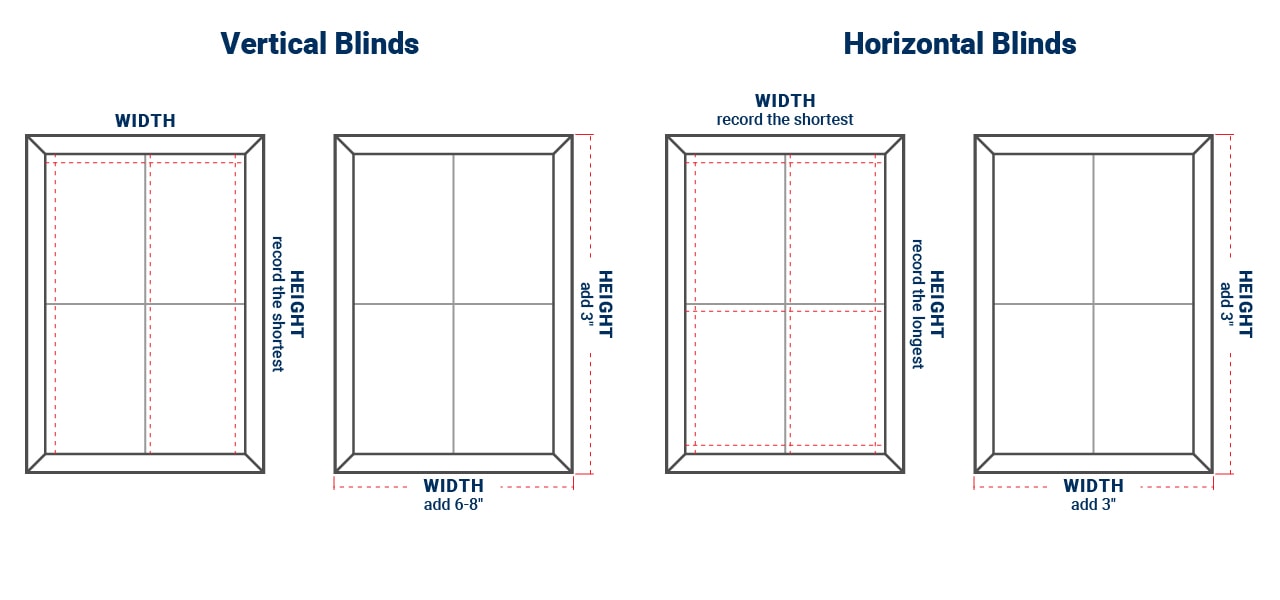
Take the Right Measurements for Blinds and Shades
Here's how to get the measurements right before buying new blinds or shades:
Vertical Blinds | Horizontal Blinds | |
Mounting Inside Window Frame Note: Deduct about ¼" from your measurements if you do not want the shades to touch the window frame. |
|
|
Mounting Outside Window Frame Note: If the blinds go down to the floor, deduct ½" from your measurement to account for the floor covering. |
|
|
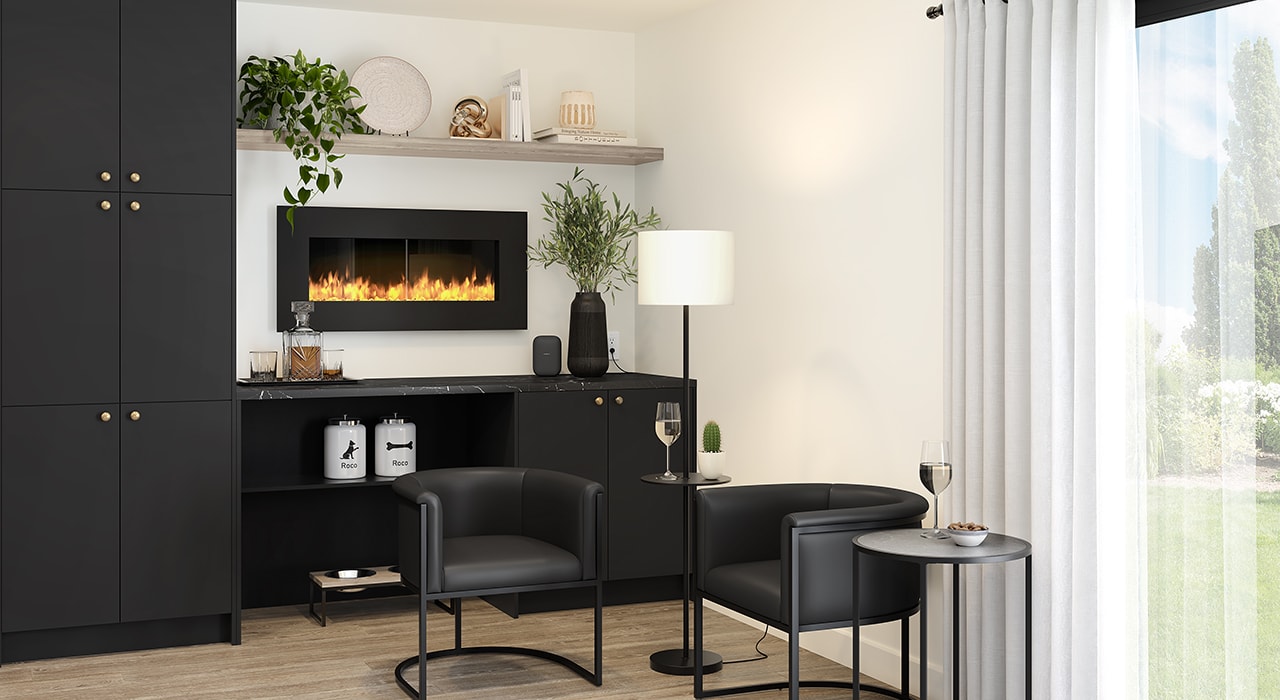
Curtains, Drapes, and Sheers
There are 2 popular types:
- Thermal, Insulated, or Blackout Curtains: They block out light, noise, and cold, providing excellent privacy. They are the best option for bedrooms.
- Sheer Curtains: Transparent and decorative, they afford privacy while letting daylight through. Ideal for the dining room or living room.
Different curtain headings require different types of rods or hanging systems:
- Tabs, loops, or bow ties
- Grommets and rings
- Pencil pleats or gathers
- Goblet or Flemish pleats
- Rod pocket
The most popular fabrics and materials include polyester, jacquard, linen, satin, organza, velvet, sheer, voile, net, strings, fringes, and beads.
There are no set rules on the length of curtains—it’s up to you to decide, according to their purpose and/or decorative role. Full-length curtains will make a room feel cozier and more private, whereas shorter, window-length curtains are often well suited to a modern-style space.
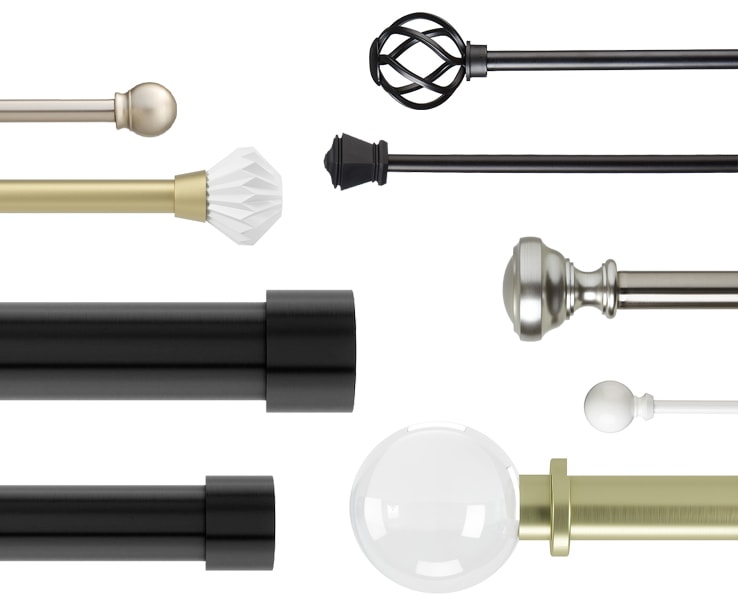
Curtain Rods, Poles, and Rails
- Curtain pole: Robust and especially suitable for heavy or lined (insulated) drapes.
- Flat curtain rod: Ideal for sheers.
- Curtain or drapery track: Can be used to hang more than one set of curtains, e.g., to layer curtains and sheers.
- Track rail: Made of metal or aluminium, can be used for curtains but also for Japanese panel shades. The shades glide easily on the track.
Valances and Pelmets
Designer Tip
Who says curtains are only for windows? They can be used to conceal open storage or as a room divider!









